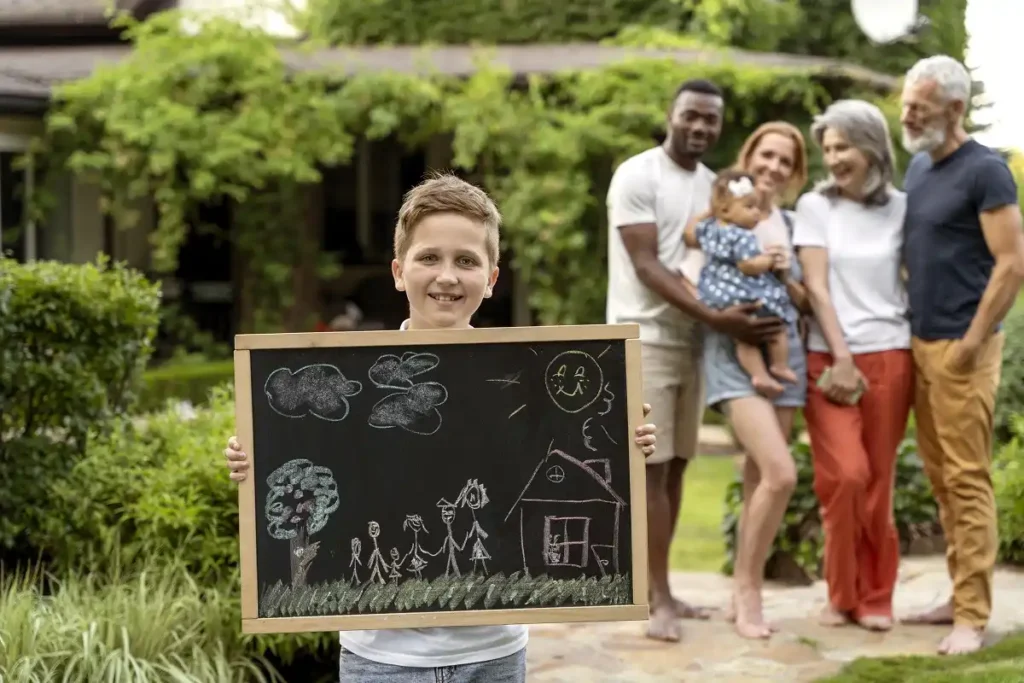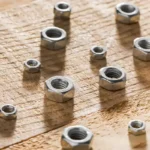Modern design has evolved beyond aesthetics to prioritize human health and well-being. As sedentary lifestyles become increasingly common, architects and planners are creating environments that naturally encourage movement and healthy habits. Research shows that well-designed spaces can increase physical activity levels by up to 25%, making thoughtful design a powerful tool for public health. This listicle explores five innovative design approaches that seamlessly integrate wellness into our daily environments.
1. Biophilic Design Elements That Inspire Outdoor Activity
Biophilic design incorporates natural elements into built environments, creating spaces that instinctively draw people outdoors. This approach goes beyond simple landscaping to create immersive experiences that encourage exploration and movement. Green walls, water features, and natural materials like wood and stone create sensory-rich environments that promote stress reduction and physical activity.
Studies conducted by the University of Illinois found that exposure to natural environments increases motivation for physical exercise by 43%. Successful implementations include rooftop gardens with walking paths, courtyard designs featuring native plants and meandering trails, and building facades that incorporate living walls. These elements not only beautify spaces but also create destinations that encourage walking, stretching, and outdoor gatherings.
2. Community Playground Designs That Promote All-Ages Fitness
Traditional playgrounds are evolving into multi-generational fitness hubs that cater to users of all ages and abilities. Modern playground design incorporates fitness equipment alongside traditional play structures, creating spaces where families can exercise together. These designs often feature outdoor gym equipment, walking circuits, and challenge courses that appeal to teenagers and adults.
Professional playground installers in Montana have reported a 40% increase in demand for these comprehensive fitness playgrounds, reflecting a growing recognition of their community value. Effective designs include designated zones for different age groups, accessible equipment for users with disabilities, and integrated seating areas that encourage social interaction. The key is creating seamless transitions between play and fitness areas that feel natural rather than forced.
3. Active Transportation Infrastructure
Design that prioritizes walking and cycling over vehicle use creates inherent opportunities for daily physical activity. This includes protected bike lanes, pedestrian-friendly streetscapes, and transit-oriented development that reduces reliance on cars. Cities implementing comprehensive active transportation networks report 30% higher rates of daily physical activity among residents.
Successful active transportation design features include wide sidewalks with regular seating areas, bike-sharing stations integrated into urban design, covered walkways that provide weather protection, and clear wayfinding systems that make walking and cycling intuitive. These infrastructure investments not only promote health but also create more vibrant, connected communities.
4. Stair-Centric Architecture and Vertical Movement Encouragement
Innovative architects are reimagining staircases as attractive, central design features that encourage vertical movement throughout buildings. Rather than hiding stairs in utilitarian stairwells, these designs make stairs visible, well-lit, and aesthetically appealing while making elevators less prominent or convenient.
Research from the Centers for Disease Control shows that attractive, accessible stairs increase stair use by up to 70% compared to traditional hidden staircases. Effective stair-centric designs include wide, well-lit staircases with artwork or views, stairs positioned prominently near building entrances, intermediate landings with seating or gathering spaces, and music or natural sounds that enhance the climbing experience. Some buildings even incorporate fitness tracking systems that gamify stair climbing.
5. Flexible Outdoor Spaces for Spontaneous Activity
The most successful active design creates opportunities for unplanned physical activity throughout the day. These flexible spaces can adapt to different uses and seasons, accommodating everything from yoga classes to pickup basketball games. Key features include modular seating that can be rearranged, open lawn areas suitable for various sports and activities, outdoor power sources for fitness classes or events, and storage solutions for community equipment.
Data from the American Planning Association indicates that communities with flexible outdoor spaces see 55% more spontaneous physical activity than those with single-purpose recreational facilities. The versatility of these spaces ensures they remain active and engaged throughout different times of day and seasons.
Creating environments that naturally encourage active and healthy living requires thoughtful integration of these design principles. The most successful projects combine multiple approaches, creating layered opportunities for movement and wellness that feel organic rather than prescriptive. As communities increasingly recognize the connection between built environments and public health, these innovative design strategies will continue to shape how we create spaces that support both individual wellness and community vitality.



